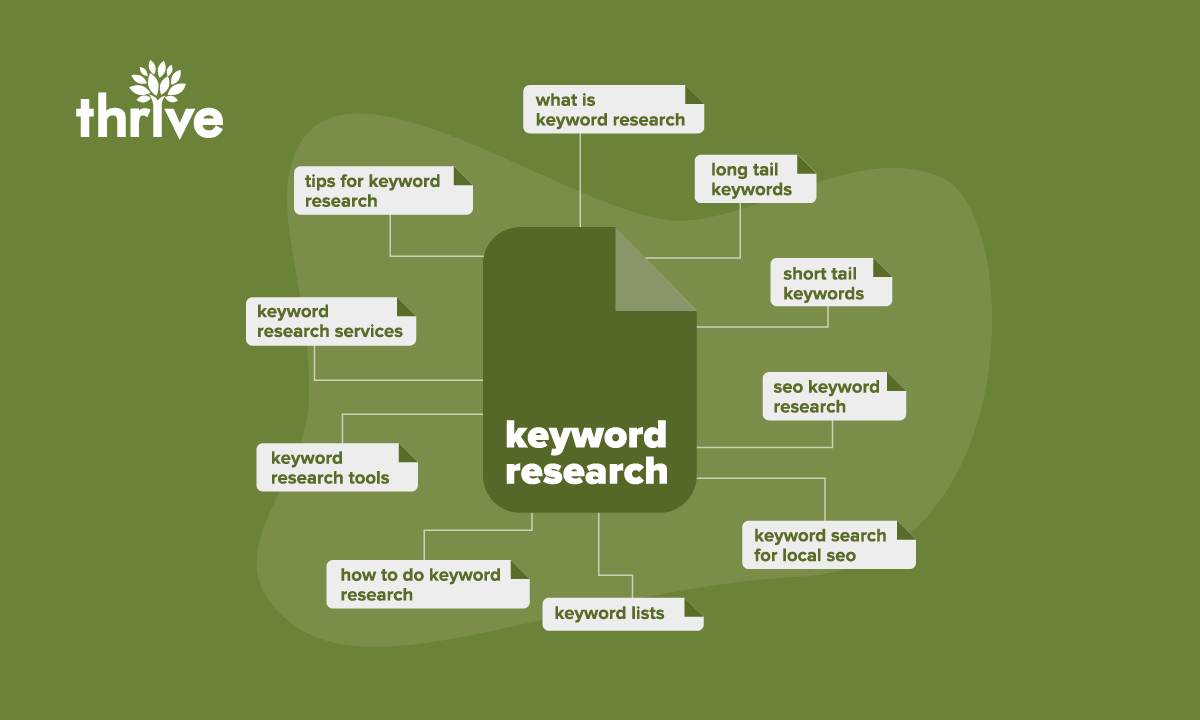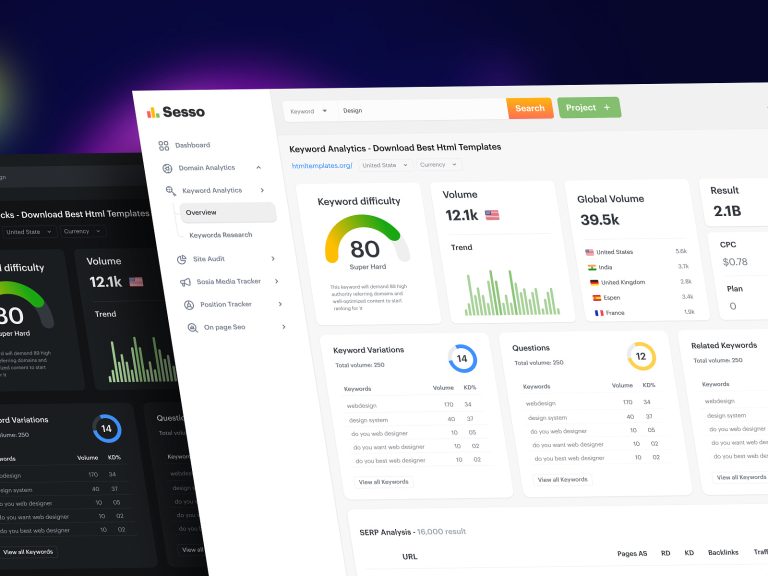In the digital age, where online visibility is crucial for business success, keyword analysis has become a cornerstone of effective Search Engine Optimization (SEO). Keywords are the bridge between what users search for and what your website offers. Understanding how to analyze and use keywords strategically can significantly impact your website’s performance in search engine results pages (SERPs), driving organic traffic and increasing conversions.
This guide will walk you through the fundamentals of keyword analysis, its importance, and practical steps to implement it effectively. Whether you’re a beginner or looking to refine your strategy, this article will provide actionable insights to help you harness the power of keywords.
What Is Keyword Analysis?
Keyword analysis is the process of identifying, researching, and evaluating the words and phrases (keywords) that users type into search engines like Google. These terms represent the intent behind a user’s search and are critical for optimizing content to match what people are looking for.
Why Keywords Matter
- Guides Content Creation: By understanding what your audience is searching for, you can create content that resonates with them and addresses their needs.
- Helps Search Engines Understand Your Content: Including relevant keywords signals to search engines what your page is about, improving your chances of appearing in search results.
- Drives Conversions: Targeting the right keywords helps attract visitors who are more likely to engage with your content, make purchases, or take other desired actions.
Understanding Different Types of Keywords

To effectively perform keyword analysis, it’s essential to understand the different types of keywords and their roles in SEO.
1. Short-Tail vs. Long-Tail Keywords
- Short-Tail Keywords: These are broad, general terms that typically contain 1–3 words. Examples include “digital piano” or “best running shoes.” While they have high search volume, they also face intense competition.
- Long-Tail Keywords: These are more specific, often containing 3–5 words. Examples include “buy digital piano online” or “best running shoes for women.” They have lower search volume but higher conversion rates due to their specificity.
2. Keywords vs. Keyphrases

While the terms “keywords” and “keyphrases” are often used interchangeably, keyphrases are typically longer and more specific. For example, “how to play piano” is a keyphrase, while “piano” is a keyword.
3. Search Intent
Understanding the search intent behind a keyword is crucial. There are four main types of search intent:
- Informational: Users seek information, such as “how to fix a leaky faucet.”
- Navigational: Users look for a specific website, such as “Facebook login.”
- Commercial Investigation: Users research products or services before making a purchase, such as “best laptops under $500.”
- Transactional: Users are ready to make a purchase, such as “buy iPhone 14.”
Aligning your content with the user’s intent ensures that your keywords are not only relevant but also effective in driving conversions.
Why Keyword Analysis Still Matters in 2025
Despite advancements in AI and machine learning, keyword analysis remains a fundamental part of SEO. Here’s why:
1. Search Engines Use Keywords to Rank Content
Search engines like Google rely on keywords to determine the relevance of a webpage to a user’s query. Proper keyword placement and optimization help search engines understand your content better, increasing your chances of ranking higher.
2. AI Tools Also Rely on Keywords
With the rise of AI-powered tools like ChatGPT and Claude, keywords are becoming even more important. These tools often retrieve relevant passages based on keywords, making it essential to optimize your content for both traditional and AI-based search platforms.
3. Helps You Stay Ahead of the Competition
By analyzing keywords, you can identify gaps in your competitors’ strategies and find opportunities to target underserved niches. This gives you a competitive edge in the ever-evolving digital landscape.
How to Conduct Effective Keyword Research
Keyword research is the foundation of any successful SEO strategy. Follow these steps to conduct thorough and effective keyword analysis:
1. Use Keyword Research Tools
Start by using tools like Google Keyword Planner, SEMrush, or Ahrefs to discover relevant keywords. These tools provide data on search volume, competition, and potential traffic.
- Google Keyword Planner: Free tool that helps you find related keywords and estimate their search volume.
- SEMrush: Offers advanced features like competitor analysis and keyword difficulty scores.
- Ahrefs: Provides insights into keyword trends and backlink profiles.
2. Evaluate and Prioritize Keywords
Once you’ve gathered a list of potential keywords, evaluate them based on the following metrics:
- Search Volume: The average number of monthly searches for a keyword.
- Keyword Difficulty (KD): Measures how hard it is to rank for a particular keyword.
- Potential Traffic: Estimates how much traffic a keyword could bring to your site.
- Cost Per Click (CPC): Indicates the value of a keyword based on how much advertisers are willing to pay for it.
Prioritize keywords that have a good balance of high search volume, low competition, and strong user intent.
3. Organize Keywords into Clusters
Keyword clustering involves grouping similar keywords together based on their intent and relevance. This helps you create comprehensive content that targets multiple search queries at once.
For example, if your primary keyword is “digital piano,” you might cluster it with related terms like “buy digital piano,” “best digital pianos,” and “digital piano reviews.”
4. Analyze Competitors

Look at what keywords your competitors are targeting and how they’re optimizing their content. This can help you identify opportunities to improve your own strategy.
Where to Use Keywords in Your Content
Once you’ve identified your target keywords, it’s time to incorporate them into your content. Here are the key areas where you should place your keywords:
1. Title Tag
Your title tag is one of the most important places to include your primary keyword. It should be concise (under 60 characters) and clearly reflect the content of your page.
2. Meta Description
The meta description appears below your title in search results. Include your primary or secondary keyword here to increase click-through rates.
3. URL Slug
Your URL slug should include your primary keyword to reinforce the topic of your page. For example, if your page is about “digital pianos,” your URL should be something like example.com/digital-pianos.
4. Headers (H1-H6)
Use your secondary and related keywords in headers to break up your content and signal to search engines what each section is about.
5. Body Content
Include your keywords naturally throughout your body content. Avoid keyword stuffing, which can harm your rankings. Aim for a keyword density of around 1–2%.
6. Image Alt Text
Add descriptive alt text to your images, including your keywords where appropriate. This helps search engines understand the context of your images.
Best Practices for Keyword Optimization
To ensure your keyword strategy is effective and sustainable, follow these best practices:
1. Focus on User Intent
Always align your content with the user’s intent. If someone is searching for “how to fix a leaky faucet,” provide a step-by-step guide rather than just listing products.
2. Write Naturally
Avoid forcing keywords into your content. Write in a way that feels natural and informative, ensuring your readers get value from your content.
3. Update Content Regularly
Search trends change over time, so it’s important to update your content regularly to stay relevant. Revisit your keyword strategy and adjust as needed.
4. Monitor Performance
Use tools like Google Analytics and SEMrush to track the performance of your keywords. Monitor your rankings, traffic, and conversions to see what’s working and what needs improvement.
Conclusion
Keyword analysis is a powerful tool that can significantly enhance your SEO strategy and drive organic traffic to your website. By understanding the different types of keywords, conducting thorough research, and implementing best practices, you can create content that resonates with your audience and ranks well in search engines.
Remember, the goal of keyword analysis isn’t just to rank higher in search results—it’s to connect with your audience, provide value, and ultimately drive conversions. With the right approach, you can turn keyword analysis into a valuable asset for your business.






